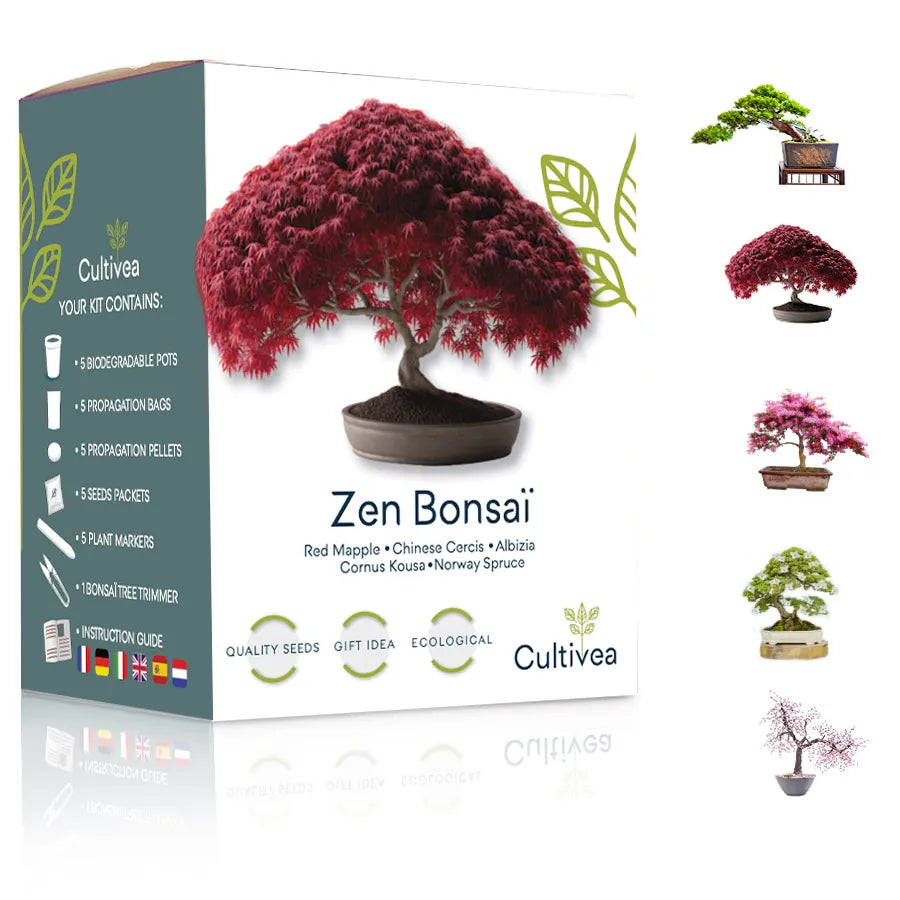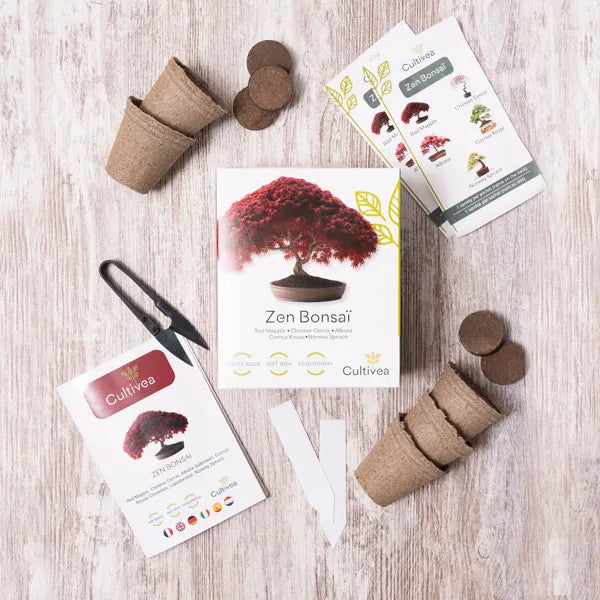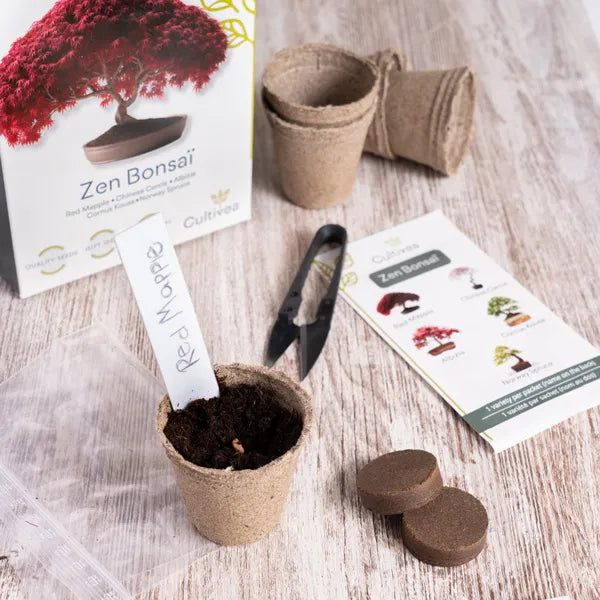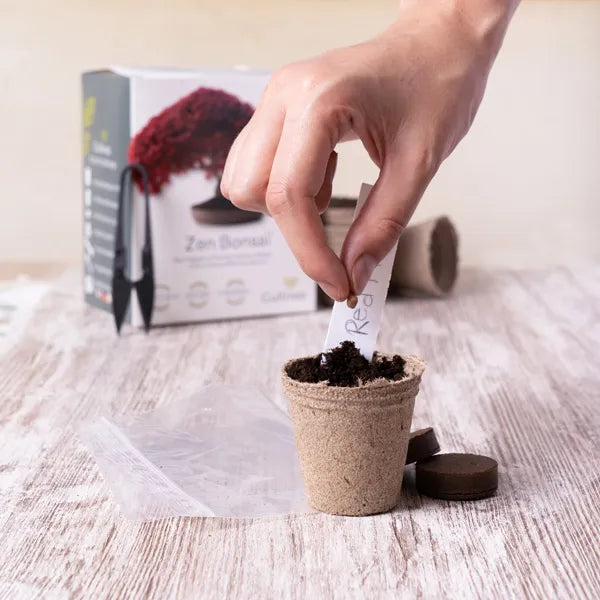Ficus Retusa: A Bonsai of Oriental Charm and Zen Simplicity
1. An introduction to oriental elegance:
Ficus retusa, native to eastern Asia, boasts a thousand-year history in bonsai culture. With its elegant shape and oval, shiny leaves, this evergreen species gives a touch of exoticism and zen simplicity to any environment, be it a garden, a patio or a refined interior.

2. Features that make it unique:
- Flexibility : Ficus retusa stands out for its malleability, allowing the bonsaist to shape its foliage into a variety of fascinating shapes, from the Chokkan (straight trunk) to the Moyogi (curvy trunk) style.
- Robustness : its resilient nature makes it suitable for different climatic conditions, adapting to temperatures from 10°C to 30°C and resisting periods of drought.
- Long life : with proper care, Ficus retusa can thrive for decades, becoming a silent witness of time and a faithful life companion.
- Style : its oriental charm, imbued with simplicity and harmony, makes it a bonsai sought after by enthusiasts all over the world.
3. Growing Ficus retusa in nature: lush and harmonious growth:
- Light and sun : it prefers bright positions, but does not like direct exposure to the scorching sun, which can burn its leaves. Filtered sunlight or partial shade is ideal for balanced growth.
- Soil : requires well-drained and fertile soil, composed of a mixture of akadama, pumice and quality potting soil. Good drainage is essential to avoid water stagnation which could damage the roots.
- Water : Water regularly, making sure the soil is dry between waterings. Overwatering can cause root rot, while prolonged drought can stress the plant.
- Pruning : pruning is a fundamental element to maintain the desired shape of the bonsai and stimulate the growth of new branches. Intervene regularly, using sharp and disinfected tools, to shape the hair precisely.
- Fertilization : fertilize in spring and autumn with a specific fertilizer for bonsai, diluted according to the instructions. A balanced supply of nutrients promotes healthy and vigorous growth.
4. The art of bonsai: transforming Ficus retusa into a living miniature:
- Cultivation techniques : in addition to what is described for cultivation in nature, the Ficus retusa bonsai requires the use of a pot with good drainage, repotting every 2-3 years in a slightly larger pot.
- Bonsai styles : as already mentioned, Ficus retusa lends itself to different shapes, adapting to classic styles such as Chokkan, Moyogi, Slanting (slanting trunk) and Bunjin (lettered trunk).
- Copper Wire : Copper wire is used to shape the branches into the desired shape, being careful not to overtighten it to avoid damaging the bark.
- Patience and dedication : growing a Ficus retusa bonsai requires time, patience and dedication. Love for nature and constant care are the secret ingredients to transform this plant into a small living work of art.
5. A touch of the East that enriches your garden and your soul:
With its exotic beauty, its ease of cultivation and its deep connection with oriental culture, Ficus retusa is a perfect bonsai for those who want a touch of harmony and serenity in their green space. Whether grown as a symbol of inner peace or as an expression of aesthetic refinement, this small tree will bring charm and joy to anyone who contemplates it.
Let yourself be conquered by the oriental charm of Ficus retusa: a bonsai that brings a touch of zen and simplicity into your life!
Don't miss the next blog articles dedicated to the cultivation of Cypress and Maple!
For a touch of class and uniqueness, choose a handmade solid wood vase:
The pots of the "Tesori del Bosco" collection by Kit Little Garden are made with traditional artisan techniques and are perfect for enhancing the beauty of your Ficus retusa. Visit the website https://kitlittlegarden.com/collections/tesori-del-bosco-collezione-di-vasi-in-legno-fatti-a-mano to find out more.





